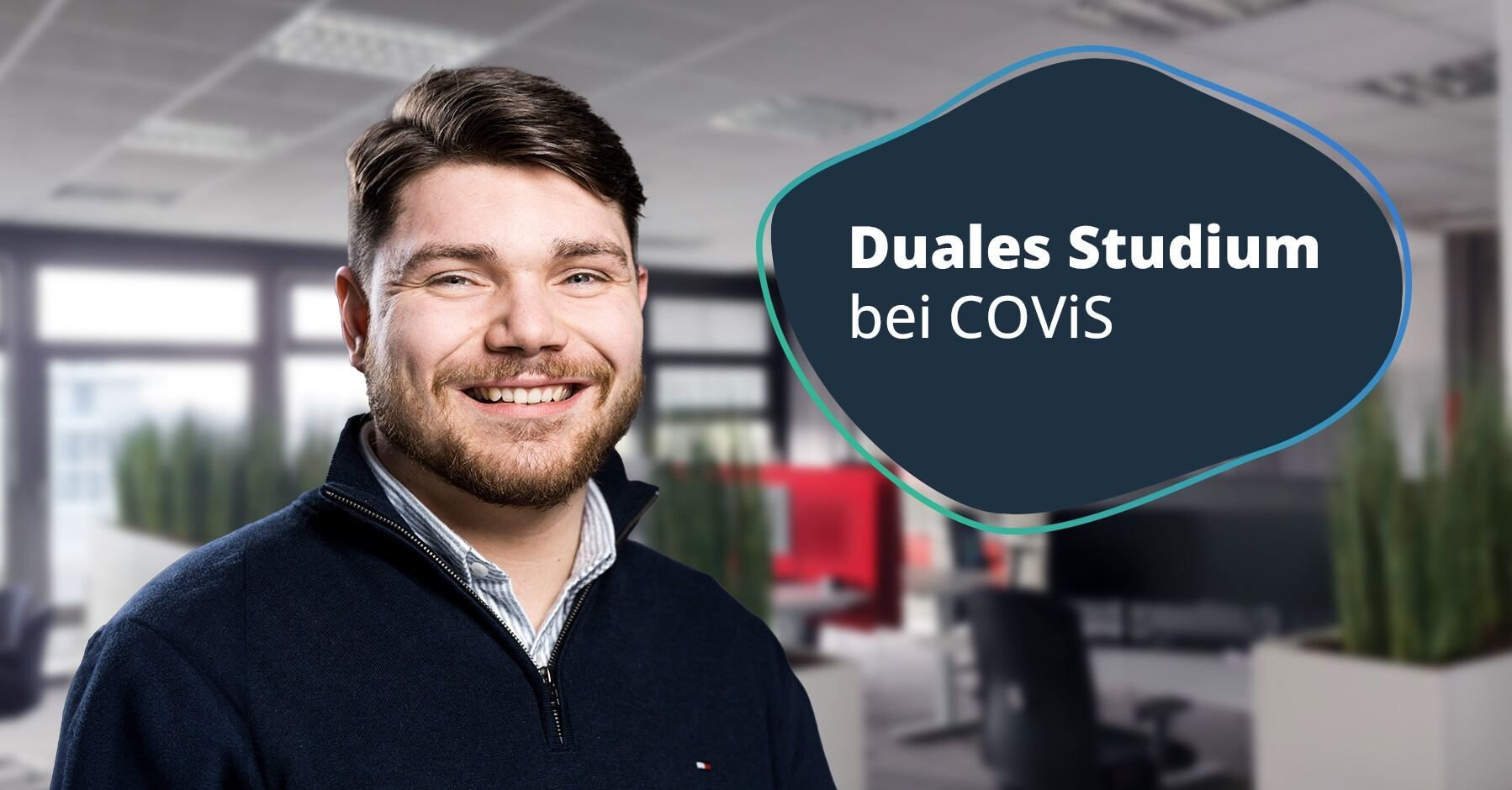Our dual students have long become integral parts of COViS's project business. Practical examples formed the content of their thesis papers along the way. This article series offers insights into the daily work of our COViS young talents.
One of them is Yannik Bienefeld, IT Consultant and certified Requirements Engineer, who has been focusing since 2020 on how companies can better achieve their sustainability goals with the Salesforce Net Zero Cloud.
Sustainability has many facets, especially for companies. Ideally, it's about creating a balance between economic efficiency, social responsibility, and ecological viability. A higher degree of sustainability increasingly affects the perception of many customer groups positively. With the Salesforce Net Zero Cloud, companies receive a suitable IT solution to transparently display, track, and efficiently reduce their environmental data.
For COViS, Yannik Bienefeld tested the Net Zero Cloud. The IT consultant, who has been part of COViS since 2019, studied business informatics dual at Steinbeis University with a focus on digitalization and transformation. For his bachelor's thesis, he implemented the Net Zero Cloud within COViS to test the opportunities and the versatile applicability of the Salesforce product under real conditions: Naturally, recording and making sustainability data transparent is also important for COViS. Sustainability is becoming an increasingly important aspect of customer acquisition and retention. For companies, regular data collection on sustainability (energy consumption, water consumption, waste prevention, etc.) is part of everyday life. The Net Zero Cloud allows providing these data in clear reports and dashboards.
What is the Salesforce Net Zero Cloud?
The Salesforce Net Zero Cloud helps companies track various types of emissions, thereby contributing to achieving their own climate goals:
Emissions from sources that directly come from their assets
Emissions from the use of purchased energy
Emissions resulting from indirect company activities
To identify the different types of emissions, their impacts, and savings opportunities, the Net Zero Cloud combines various functions into one system:
Science-Based Targeting (scientifically defined goals to achieve the Paris climate goals)
OCR technology for automatic text recognition
Supplier Management
Water Tracking
Emission forecasts
Waste Management
The Salesforce Net Zero Cloud on Test – Goals and Project Setup
In designing his bachelor thesis, Yannik pursued several goals. For example, he aimed to gain first-hand experience with the application by implementing the Net Zero Cloud within COViS, to then realistically assess the product's value for existing and new customers. At the same time, the project was intended to strengthen the topic of sustainability within COViS, positively influence business processes, and lay the groundwork for further sustainability topics in the company.
As with all COViS projects, the approach was based on the principles of Requirements Engineering and, in many parts, agile project structure with "Plan-Build-Run" methodology. Stakeholders from almost all company departments were involved, from management to sales & marketing, IT security, and back office, to capture, structure requirements, and create an understanding of the topic and the project. The interest of external stakeholders such as our customers or society and politics was also considered.
Implementation of the Net Zero Cloud
Before setting up the cloud, an evaluation of the company-specific emission factors must take place. This is the most labor-intensive part, as information gathering can be challenging. Finally, aspects like Waste Management and Emission Forecasting are naturally not in the direct view of a medium-sized IT consultancy.
Once the "framework" of the Cloud is set up, then appropriate data are captured, imported, and corresponding data sets created. The challenge here lies in uncovering CO² emission sources and making them measurable. For a consultancy, this might look like this:

To make the data usable, they were then reconciled and visualized. This enabled later data analysis and documentation.
At the end of the implementation, Yannik also trained other employees in the Net Zero Cloud to ensure a broader knowledge transfer and a final presentation to make the findings available to both his project supervisors in the bachelor's program and COViS itself.
Project Analysis: The Benefits of the Salesforce Net Zero Cloud
With the Net Zero Cloud, Yannik managed to gather valuable experiences on the topic of sustainability and with the Salesforce Net Zero Cloud for COViS as his employer. Besides the awareness that the emission data and the resulting possibilities create, the setup of the Net Zero Cloud for COViS as a Salesforce implementation partner generated further benefits. So, we could expand our Salesforce knowledge about a new product early on to offer our customers even more services in the Salesforce cosmos. After all, climate neutrality and sustainable business processes can sustainably strengthen our customers' market position.
My goal was to create something in my thesis that is not only future-proof but also represents a positive contribution for COViS. I focused on promoting awareness of sustainability while simultaneously gaining new experiences with a new product and its implementation.
Yannik Bienefeld, IT Consultant at COViS
You can find more information about what COViS offers students and vacancies in our careers section.



